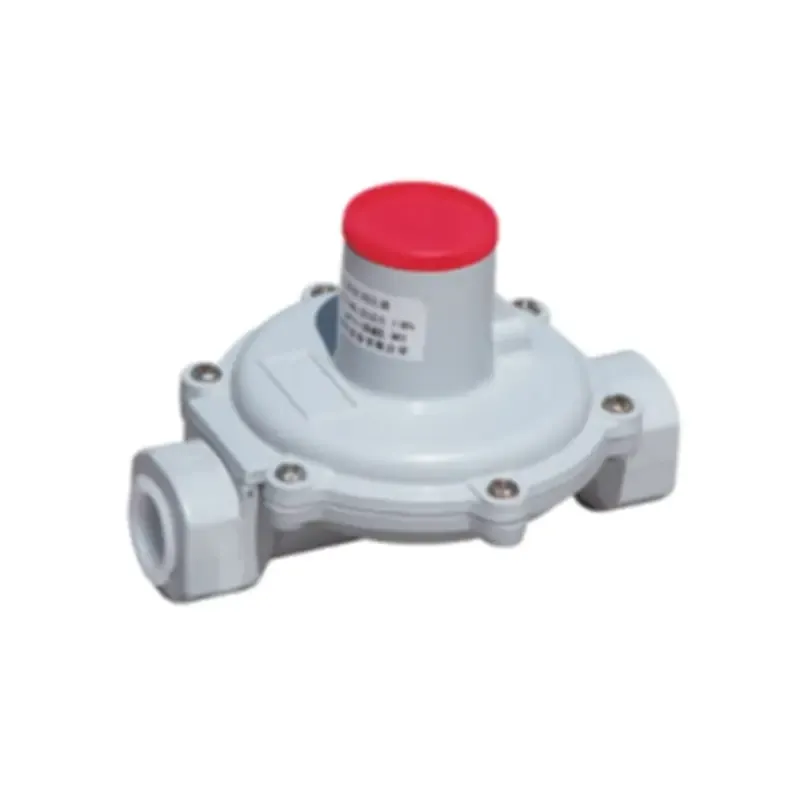
Aug . 28, 2024 20:09
Back to list
gas filter separator
Understanding Gas Filter Separators A Key Component in Oil and Gas Industry
In the oil and gas industry, efficient separation of gas and liquids is crucial for optimal operation and safety. One essential device used for this purpose is the gas filter separator. This equipment plays a vital role in maintaining the quality of gas and protecting downstream equipment from contaminants.
A gas filter separator is designed to remove liquid droplets, solid particles, and other impurities from gas streams. The primary components include a filter element, a separation chamber, and a drainage system. The gas enters the separator, where it is subjected to a combination of gravity and centrifugal forces that promote the separation of liquids and solids from the gas phase.
The filtration process begins when the gas passes through the filter element, which captures particulates such as dust, rust, and other contaminants. This prevents these particles from entering the production line and ensures that the gas is clean before it reaches compressors or other processing facilities. Following filtration, the gas then moves into the separation chamber, where the mechanics of gravity and flow dynamics come into play.
gas filter separator

As the gas stream slows down in the separation chamber, the liquid droplets coalesce and form larger droplets due to the reduction in velocity. These larger droplets are then directed to the bottom of the separator, where they are collected and can be drained away. This process not only enhances the quality of the gas but also helps in recovering valuable liquid hydrocarbons that might be present in the mixture.
Maintaining the efficiency of a gas filter separator is critical. Regular inspection and replacement of the filter elements are necessary to ensure that the device operates optimally. Additionally, monitoring the performance of the separator helps in identifying any potential issues that could lead to increased operational costs or downtime.
In conclusion, gas filter separators are indispensable in the oil and gas sector, offering both protection for equipment and enhanced quality of output. Their role in separating gas from liquids and particulates not only ensures compliance with industry standards but also contributes to the overall efficiency of gas processing operations. As the demand for cleaner energy sources increases, the importance of such technologies will continue to grow, highlighting the need for ongoing innovation and improvement in separation technologies.
Latest news
-
Safety Valve Spring-Loaded Design Overpressure ProtectionNewsJul.25,2025
-
Precision Voltage Regulator AC5 Accuracy Grade PerformanceNewsJul.25,2025
-
Natural Gas Pressure Regulating Skid Industrial Pipeline ApplicationsNewsJul.25,2025
-
Natural Gas Filter Stainless Steel Mesh Element DesignNewsJul.25,2025
-
Gas Pressure Regulator Valve Direct-Acting Spring-Loaded DesignNewsJul.25,2025
-
Decompression Equipment Multi-Stage Heat Exchange System DesignNewsJul.25,2025

